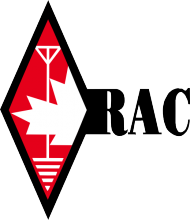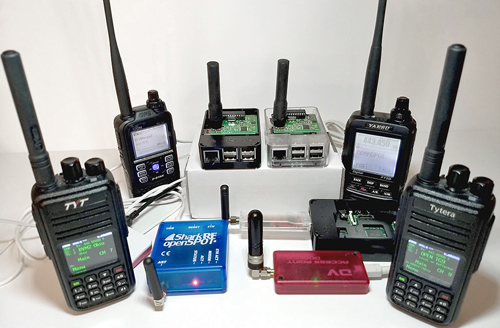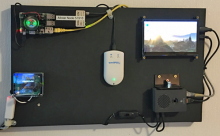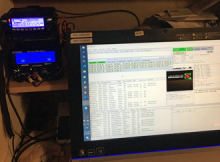Main menu
You are here
Digital Modes Simplified!
D-STAR (Digital Smart Technologies for Amateur Radio) was one of the first digital modes used world-wide. It works on reflectors and can be monitored by a “dashboard” on a computer. It seems to be more susceptible to sounding like “R2D2” than the more current nodes, but is still used extensively.
DMR (Digital Mobile Radio) is growing more day by day. Personally, I find it the most complicated system to use. I only use mine through my computer as the radios with “code plugs” are very tricky to understand and program. Sound quality is very good too.
Fusion (also called C4FM or Yaesu System Fusion) is propriety to Yaesu and controlled by same. It uses “Rooms and Nodes” but does offer excellent sound quality. Rooms can be selected throughout the world. As Fusion users transmit their call signs every time they key up the standard announcing of your call is not so necessary.
AllStar (aka AllStarLink) is the latest newcomer to the field. It has the advantage that no special repeater is needed other than it needing an internet connection and obtain a node number. A standard VHF or UHF radio with DTMF (depending on repeater) is all that is needed. Certain DTMF keypad functions will allow you to connect to nodes through the world.
“Hot Spots” are a combination of hardware, firmware, and software that enable an amateur radio enthusiast with internet connectivity to link directly to digital voice systems around the world, even if there is no dedicated repeater in your area. Hotspots can link to DMR, D-STAR, Fusion, NXDN, and AllStar nodes.
Over the last 5 years Hot Spots have become a popular device of choice. With a Hot Spot connected to the internet the newer models will let you access multiple different digital modes from the radio of your choice.
D-STAR, DMR, and Fusion all require you to register you call sign with each system. The process is quick and painless and usually completed within 24 hours.
The Kamloops Amateur Radio Club has had a Fusion repeater (VE7FUS) up for a year and now we have AllStar on the VE7RLO repeater which services Kamloops and surrounding areas.
AllStar is certainly the least expensive way to go digital as most of us already have a DTMF-capable radio.
All the digital modes can be monitored and semi-controlled by computer using various software.This is currently my setup which includes a Raspberry Pi 3 and Shari AllStar node, a Bridgecom DMR Hotspot, a SharkRF openSPOT3 multi-mode interface, and a Raspberry Pi 4 for future interface.
Here is the control Dash Board and radio Yaesu FT100 and HRI-200 WIRES-X interface used for our Yaesu Fusion Remote setup.While I’m definitely not well-versed in all aspects of the new digital modes I am happy to share any help or info that I can. You may reach me at: dave.ve7ltw@yahoo.com
73 de Dave Facey
VE7LTW






